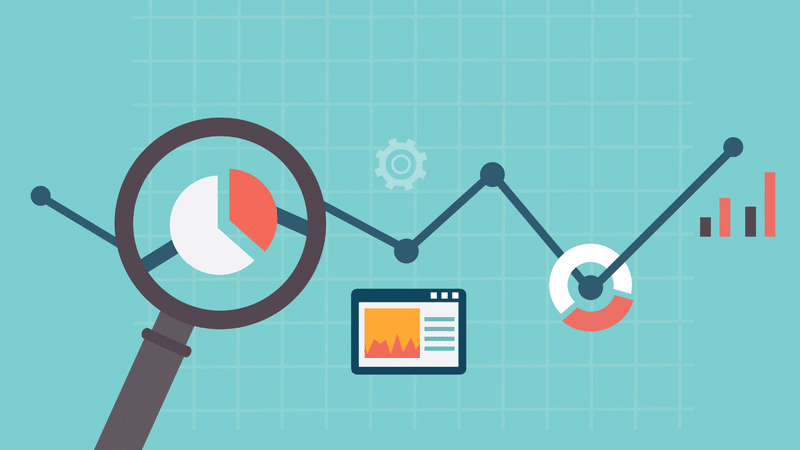
Measurement and insight can be defined as the effective and efficient use of data to inform the future development of the organization at all levels. The purpose of collecting this data, is to give the organization’s leaders the best possible picture of the impact being made by the organization.
To impact in this regard means to have a strong influence or effect on someone or something. Impact is often associated with measurement and reward in organizations, especially those following a golden rule. “What get measured, gets done.”
If you are not measuring the impact your organization is having, nor the impact of external factors acting on it, then, how can you possibly create a strategy to effectively navigate the complexities of the organizational world?
The Measurement Matrix
Creating a measurement strategy can sometimes feel overwhelming, planning a strategy for how you will measure the things that will create this strategy can also feel like extra and unnecessary work.
Don’t let the multitude of strategic measurement and insight tools put you off, it is far simpler to create a flexible measurement matrix that can change and shift as you do, while retaining the ability to measure the right data.
Correctly measuring all the data available about your organization will give you a good indication about whether you are currently where you want to be. We start the process by looking at the organizations primary objective. What is the overarching goal of the business?
Once you know the answer to this question you can hold it up next to the collected measurement data and see if you believe the numbers reflect your goal, if you are underperforming against it, or if you have knocked it out of the park.
Target setting
Once you know if your overall objective is being achieved or not, it is time to start setting smaller goals or targets to help you course correct or plot a course to greater future growth in the organisation.
These goals can be slightly abstract, but your main focus should be in setting goals that are evidencable and measurable. If for example, one of your business goals is to measure customer experience. You must design surveys and methods of interaction, that allow your customers to give honest and in-depth replies. It is not enough to do one Twitter poll and consider your measurement achieved.
Performance indicators
The next step in making the measurement matrix as valuable as possible, is identifying which Key Performance Indicators you will use to keep your organization on track. For example, in the service industry, keeping track of the number of rooms booked, or event tickets sold, versus the number of complaints. Comparing positive and negative aspects of business is a great way to track and measure performance.
When you set reducing the number of complaints as a KPI, you build a strategy that focuses on identifying customer issues and resolving them as a matter of priority so that they don’t continue to affect other customers’ experiences.
Metrics and Analysis
The next steps seem like the easiest, but often tend to be where organizations struggle, as they fail to connect the dots between all the data they have collected and what they should then do with it to improve their organization’s performance.
It is impossible to cover every single metric, but with more collection strategies, you have more building material at your disposal to create plans and frameworks to greatly improve what your business does.
How you choose to analyse the data, will also affect your strategic planning. You might have very different results between online surveys and in-store or on location ones. If you aggregate these insights together, no one gets the data they need to make well-informed decisions. So, it is important to organise your metrics in a way that lets you create tangible KPIs for specific areas of your business. A nuanced and targeted approach is required to maximise effective and efficient strategic development.
Insight
The last part of any effective measurement matrix is insight. You have decided what data you want to collect and have successfully gathered it. Now is the time to combine each area of the matrix to create a fluid measurement strategy that lets you track your process, adapt, and overcome challenges and sets markers for potential future growth and direction.
The strategy becomes a compass that points always towards your organizations key objective. When the matrix is well-designed, it becomes easy to gain insight and perspective on your organization. It will tell you when you aren’t on track and guide you back to your goal.
SERVICEBRAND GLOBAL
At SERVICEBRAND GLOBAL, we specialise in helping you plan your plan. We are strong supporters of measurement and insight as an aid to decision-making and accountability. It has never been cheaper or easier to collect data, and yet without strong leadership and understanding of the core objectives of the business, all of this information goes to waste in strategies that are too basic to accurately account for all the issues facing the organization. Let us help you get back on track.

